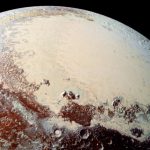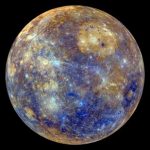What Is The Deal With This Weird Hole on Mars?0
- From Around the Web, Space
- April 1, 2020
Mars is a pretty wild and wonderful place, and an image posted to the NASA science blog and Astronomy Photo of the Day this week is a brilliant example. It shows what appears to be a mountain… but completely hollowed out.
















